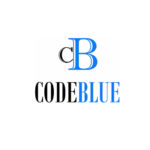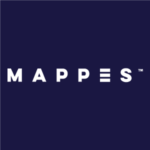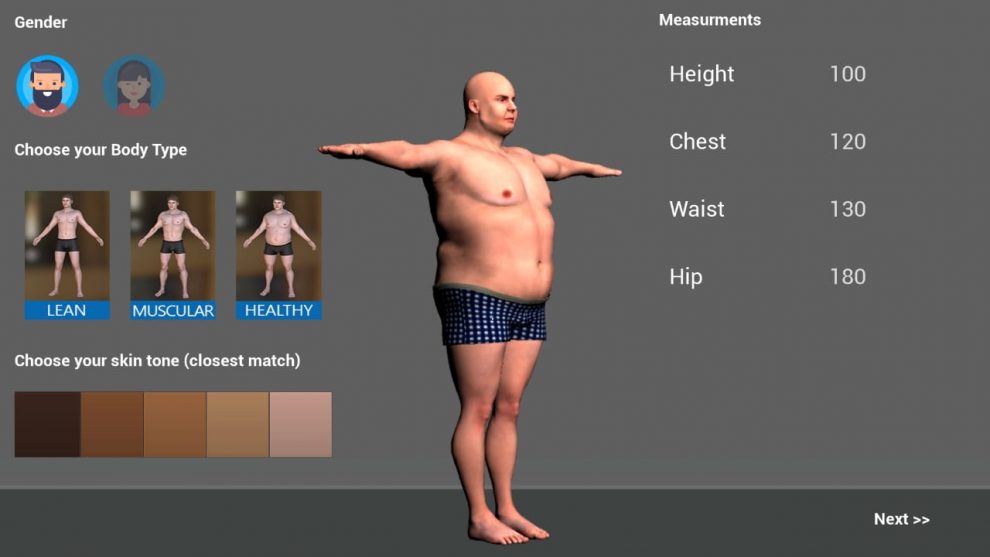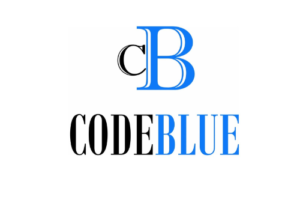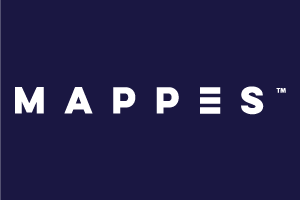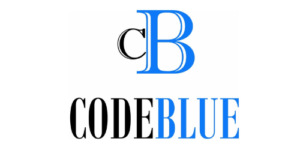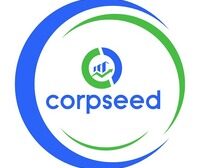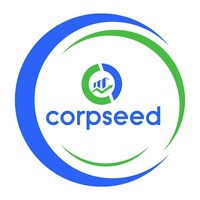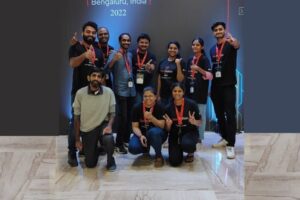The idea was there. It had been lingering around, brewing inside my head for far too
long. But back then, the intricacies of bringing advanced healthcare to each and every
household of the country kept me busy.
But soon, that mission was accomplished and I found myself searching for my next big
challenge. Thankfully, I didn’t have to look too far. I knew it was time to present to the
world – in all modesty – it’s first virtual trial room. Or as we like to call it,
WonderShop.
How It All Started.
WonderShop is a product of Varaha.Studios. I founded Varaha.Studios in July 2018.
As a serial entrepreneur, over the years, my trysts with several technologies,
forward-thinking businesses and personal innovations have helped me harness great
expertise in the Human-Computer Interfaces, especially AR & VR. Through Wonder, at
Varaha.Studios, we set out to bring them out to the world.
While we launched a closed beta of a dedicated AR app store – the WonderApp , built
several apps for enhancing learning for K12 students and done a great deal more to
build the AR and VR ecosystem of India, our focus always remained on solving one
critical problem.
Solving the ‘Returns Problem.’
The way e-commerce is shaping the world is fascinating. And I’m pretty sure therein lies
the course of the future. But there was one thing that we spotted, which was proving to a
costly paint point, especially among online shopping sites.
It was the problem of returns.
We’ve all had a personal experiences where an item of clothing ordered online, did not
fit us right. To make things worse, apart from the size, the clothing might have been
ordered for a specific event and the return process itself would have taken about 3
business days. This lead to an unhappy shopping experience and a loss of faith in the
shopping site. From a business perspective, too, the ‘Returns Problem’ was proving a
great menace. Here’s what the industry leaders have to say about it:
“It’s a big burden for the retailer. Free returns started off as being a competitive
advantage, but now they’re the norm.” Co-CEO, Zalando
“Returns cost you a fortune. Firstly, you’ve got an unhappy customer, but also you’ve
got the re-processing and putting it back into stock.”- Charlotte Kula-Przezwanski,
Partner at Columbus Consulting, leader in Retail Process.
In the US alone, Statista estimates return deliveries will cost $550 billion by 2020,
75.2% more than four years prior. Worse, that number doesn’t include restocking
expenses nor inventory losses.
We are talking about a problem that is costing $300B to online shopping websites.
Though this problem is difficult to eliminate completely, a small reduction of just
1% in returns will result in a massive 3B $ savings in the next 3 years for all
retailers globally. And we set out to achieve this.
With a rather simple solution actually: let shoppers visualise clothing in realtime.
The Future of Online Shopping: WonderShop
Considering the imminent launch of Google Glasses in 2020, the announcement of
Google Maps in AR in its latest I/O conference and technological transition that is
slowly equipping a majority of smartphones with ARCore or an ARKit (Augmented
Reality Kit), it’s no surprise that Augmented Reality is going to be the future of
Human-Computer Interfaces. Just like how websites moved to apps, now, we’ll see apps
moving to AR – and there’s reason to believe, because they offer an all-together new
experience. (And the fact that several technology giants are investing more in AR, goes
on to testify this claim.)
With WonderShop, using augmented reality, we enable users to check their choice of
clothing in great detail, right down to the stitch, fabric and how it interacts with light.
Right now, users purchase clothing by looking at how it looks and fits on a model. There
is no way they can visualize how it looks on their specific body type. Also, users currently
complain a lot about the quality of fabric shown vs received, the color, etc.
WonderShop is making such problems redundant. With our solution, e-commerce
stores can provide a ‘What-You-See-Is-What-You-Get ’ solution to all their customers.
From a business perspective, WonderShop offers a complete platform that can be easily
integrated with any e-commerce store and its custom-built dashboards also help
businesses analyse trends and user behaviour in realtime. See product video – https://youtu.be/6aJgxQe_VJQ
Building WonderShop. Overtaking One Challenge At A Time.
The AR and VR ecosystem in India is rather very nascent. So a lot of thinking,
redesigning and trial-and-error went into it. One of the biggest problems we faced was
designing the application’s interface.
Unlike Google’s Material Design, Apple’s Design Guidelines or Microsoft’s Phone Design
Language, there were no common guidelines for developing UX for AR experiences.
Hence, we had to speak to customers, understand their priorities and design the
application’s UX to make it as simple as possible.
Similarly, to offer a seamless experience, we solved many challenges and enabled
customizing our proprietary morphing algorithm for avatars, manipulating the textures
and lighting in realtime, applying physics to clothing materials and programming them
to morph with the avatar, developing a unique backend size and fit algorithm that
matches users with the right fit across multiple brands based on their preference from
select brands, designing our virtual walkable store and many more.
I am proud to say that despite the challenges, through our collective technical expertise,
we have solved all the problems and made this app a reality.
Here’s the tech stack we used in the development (Frameworks, Libraries)
○ Our core tech is built on C++
○ We used Python, Postgres, Mongodb, Redis, ARcore and ARKit
The future of WonderShop
We realise that WonderShop holds great potential. And to make it even more smarter
and efficient for both stores and users, we are working on a hoard of improvements:
i) Offering an algorithmic-based solution to auto-create avatars based on the user’s full
body picture, rather than the current equation-based model.
ii) Generating a 3D face from image to further customize the avatar to look more like the
user to provide them with a more immersive experience.
iii) Improving our analytics dashboards to provide more relevant insights to users and
companies alike.
It’s with great conviction that we present WonderShop to the world. A proprietary,
gamified, easily-deployable, easy-to-use and futuristic solution that is here to not only
help reduce returns for online retailers but is going to reinvent the entire shopping
experience. And that’s just the beginning.

